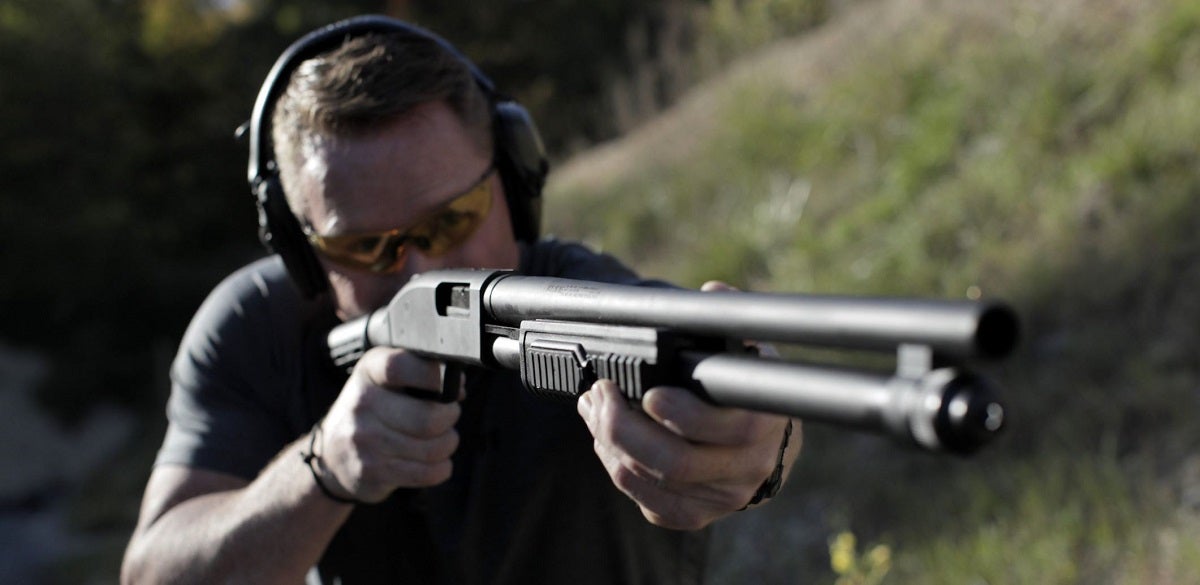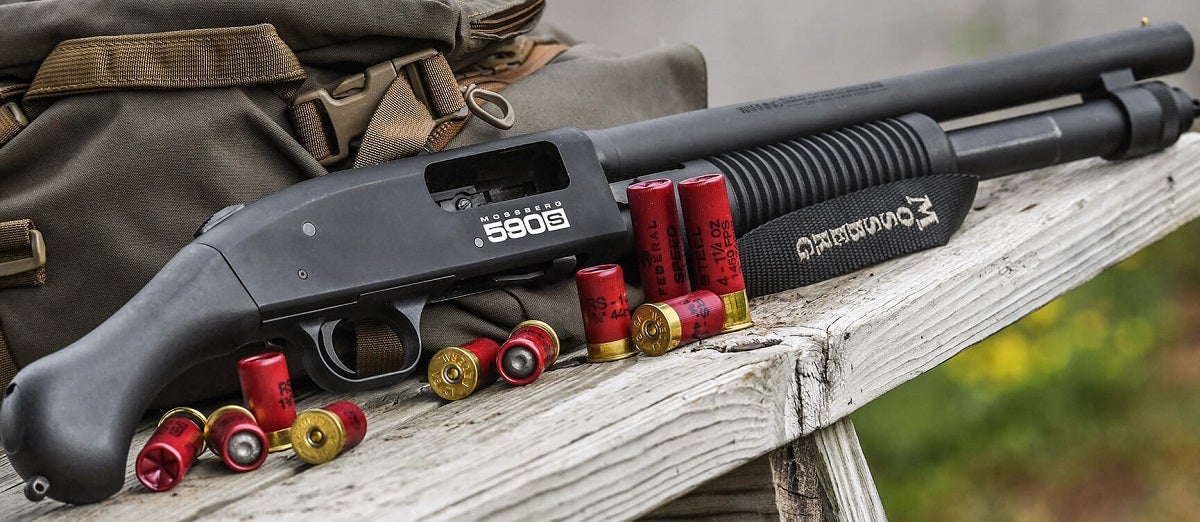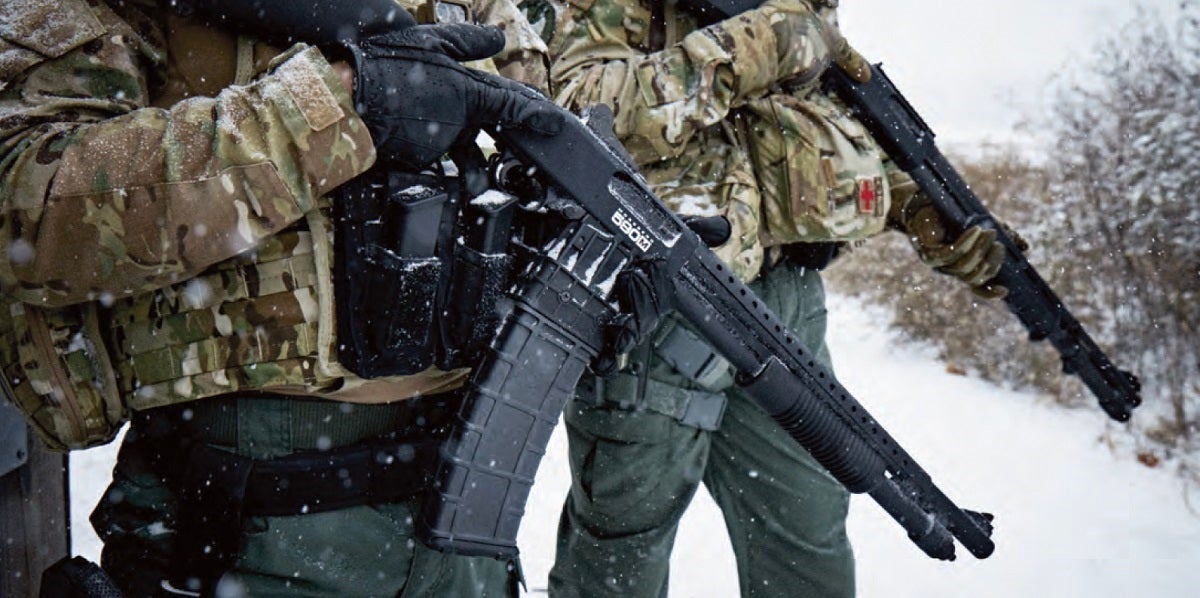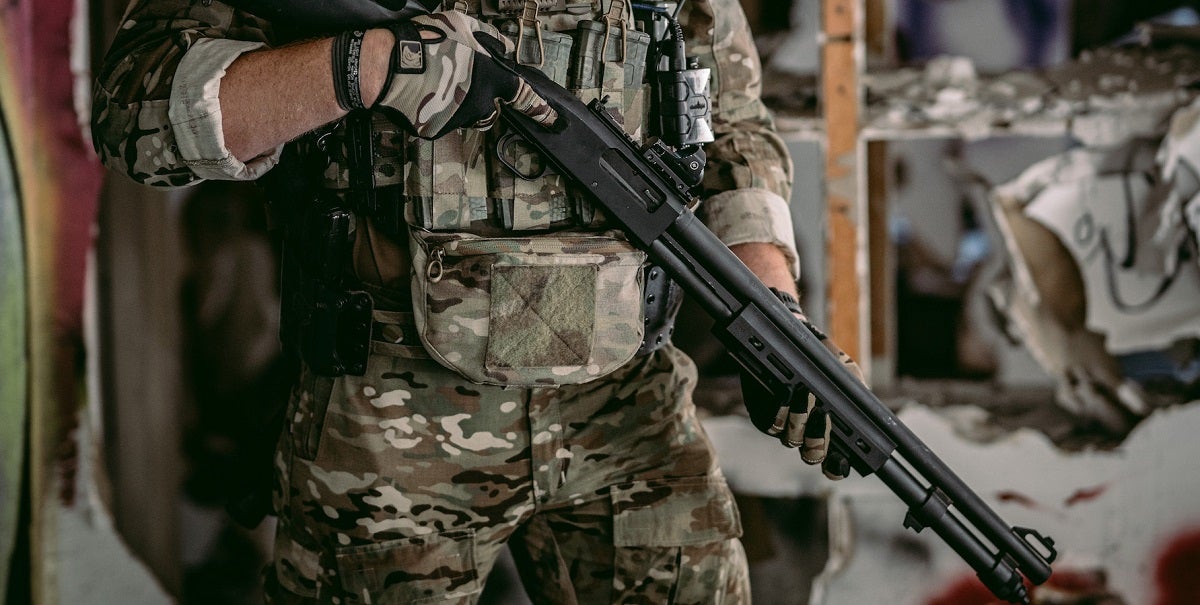The Mossberg 500 vs a Mossberg 590: What’s The Difference?
Travis Olander 01.12.24
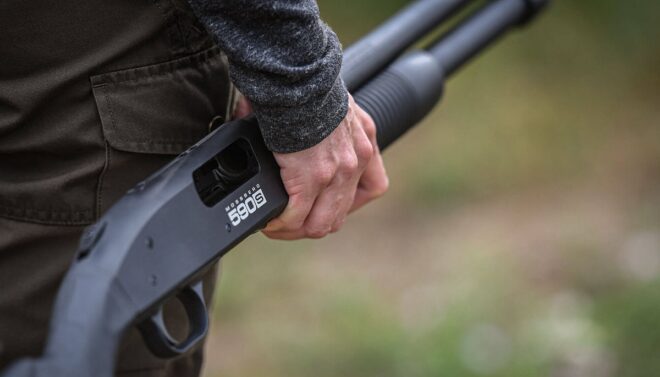
I recently covered the key differences between the Mossberg 500 and Remington 870. If you’re unfamiliar, the gist is that Remingtons are built a little better when it comes to controls. But the Mossbergs get a leg up when it comes to magazine capacity, feeding, and cycling. Some rightfully prefer the build quality of the Remington 870’s trigger, receiver, and action, but those in the Mossberg camp might’ve been upset that I didn’t mention the Mossberg 590. It is, after all, technically a part of the 500 family. The reason for its exclusion is simple, though: With all the variants available between the two series, it can get confusing. So, what are the key differences between the 500 and the 590? Which 590’s the best one? What’s with all this talk about A1 variants, plastic triggers, and “mil-spec” stuff? Let’s review.
Mossberg Coverage on AllOutdoor
- NEW Mossberg 500 & 835 Optic-Ready Turkey Shotguns w/ Holosun Sight
- Mossberg Patriot Single-Shot Sled (Short-Action) for Illinois Deer Hunters
- NEW Mossberg Patriot 400 Legend – Big Cartridge in Bolt-Action Rifles
- Mossberg 500 Retrograde Field 12 GA – Vintage Curb Appeal, Modern Gun
- Mossberg 940 Pro Field Walnut 12 Gauge – Classic, Distinguished Hunting
The Mossberg 500: Brief Details
We’re skipping a detailed review of the 500 – if you need to get familiarized, give a quick read of the M500 vs. R870 comparison. The short-n’-sweet is this: the Mossberg 500 features a 5+1 capacity, aluminum receiver, plastic trigger guard and mechanism housing, and comes optioned in dozens of variants for hunting, competition, and defense. Introduced in 1961, it remains the most popular and widely sold pump-action shotgun in America.
What, Exactly, is The 590?
Mossberg offered their Model 500 shotguns to law enforcement in the mid 60s, shortly after first introducing the series to the public. Except those guns weren’t available to civilians. They weren’t offered in catalogs and couldn’t be found on retailers’ shelves. These police shotguns – later called the Persuader series and now available as a vintage reproduction called the Retrograde – featured 18.5″ barrels and were originally intended for armored truck drivers. A 20″ variant was developed, too, which could fire tear gas canisters for riot dispersion.

By the 1970s, Mossberg’s duty guns were made available to consumers and became incredibly popular, with the tactical lineup expanding to include the pistol-gripped Cruiser series by 1981, and a defense-and-hunting combination with interchangeable 18.5″ and 20″ barrels by 1983. Remington’s patent on dual action bars had also expired, allowing Mossberg to ditch its inferior single-bar pump action in favor of two bars securing its slide assembly to the magazine and receiver. Around this time, the military looked to manufacturers to fulfill its shotgun contracts. The Department of Defense’s MIL-S 3443D test standards requirements called for the following requirements:
- A 13″ heat shield covering most of the barrel
- A 20″ barrel measuring at least 0.1″ thick
- Windage-adjustable open leaf sights
- An 8-round magazine holding 2.75″ shells
- Stained Walnut or Birch wood furniture
- A metal trigger guard and mechanism housing

The civilian 500 nearly met the standards for MIL-S 3443D, but its plastic bits and magazine cap, which was integral to securing the barrel to the gun, disqualified it from approval. Mossberg took the 500 and swapped out the polymer stuff, increased its magazine capacity – first to 6 rounds, then later to 8 – and redesigned the mag cap so it was no longer load-bearing, and could be removed while keeping the gun assembled. This new and improved 500, made in 1987 and accepted by the DoD as its new service shotgun, was dubbed the 590.
The 500 vs. 590: What’s Different Today?
The U.S military still relies on the Mossberg 590 today. But there are now varying series of 590 guns, sold at different price points with arguably too many configurations to understand without a flow chart or map. Let’s clear up some of the important distinctions.
Metal vs. Plastic Internals
Only issued 590 shotguns with “A1” designations have metal triggers, housings, and internals. Depending on which 590 you purchase from an FFL, your shotgun might come festooned with plastic stuff, like all the existent 500 shotguns. So, if you’re gunning for an all-metal construction and just have to have that “MIL-SPEC” quality in your gun safe, make sure you stick with 590A1 models – not the standard 590s.
Magazine Capacity
All standard Mossberg 500s come with a 5-round magazine. But all 590s come with at least a 6-round magazine, frequently an 8-rounder, and some models can hold up with 13 shells depending on shell length.
Barrel Thickness
The Navy requested the 590A1 be fashioned with a thicker barrel. In what might be an odd reason, sea brass argued that ship doors – which are typically hundreds to thousands of pounds – could easily bend and crush the 500’s thinner barrel.
Shot Spread / Pattern
The 590A1’s thicker barrel also acts as a sort of choke, producing a shot pattern that’s noticeably tighter than standard 500s.
Comparing the 590 Series (Base, M, S, A1)
To make matters more confusing, Mossberg now offers the 590 in four series: Standard, M, S, and A1. Here’s a quick comparison between them, with the key features unique to each one.
590 Base Models
The standard 590 for civilian and law enforcement use. The base series includes the popular Mariner (above) with features a matte silver “Marinecote” finish similar to Cerakote. Base 590s come available 6-, 7-, and 9-round magazines and all variants come drilled and tapped for optics. At publication, there a 14 base 590s available with options like the Retrograde remakes, and the FLEX and SPX Tactical with AR-type stocks, ghost ring sights, and pistol grips.
590S Models
The 590S models feature a redesigned, patented action that allows for cycling shells measuring 1.75″, 2.75″, and 3″ in length without any modifications or adapters. With an extended magazine, the 590S can hold up to 13 shells. All seven 590S models come with 18.5″ or 20″ barrels, with the Shockwave (a non-NFA “firearm”) available in the lineup.
590M Models
The 590M features detachable box magazines, allowing for stowing up to 20 shells. Each of the three 590M options comes with an ambidextrous magazine release and a barrel measuring 15″ (pistol-gripped Shockwave) or 18.5″ (standard with stock).
590A1 Models
The 12 available A1 models include the same MIL-SPEC features required for military-issue:
- Heavy-walled barrel
- Metal trigger guard and safety button
- Clean-out magazine tube
Each of the 12 options also includes a drilled and tapped receiver, parkerized or Marinecote finishes, and magazine capacities ranging from 5 to 8 shells. Barrels are available in 14″, 18.5″ and 20″. Can’t decide which ones for your? Check out our review of the 590S, and see how it eats up some mini shells at the range.
